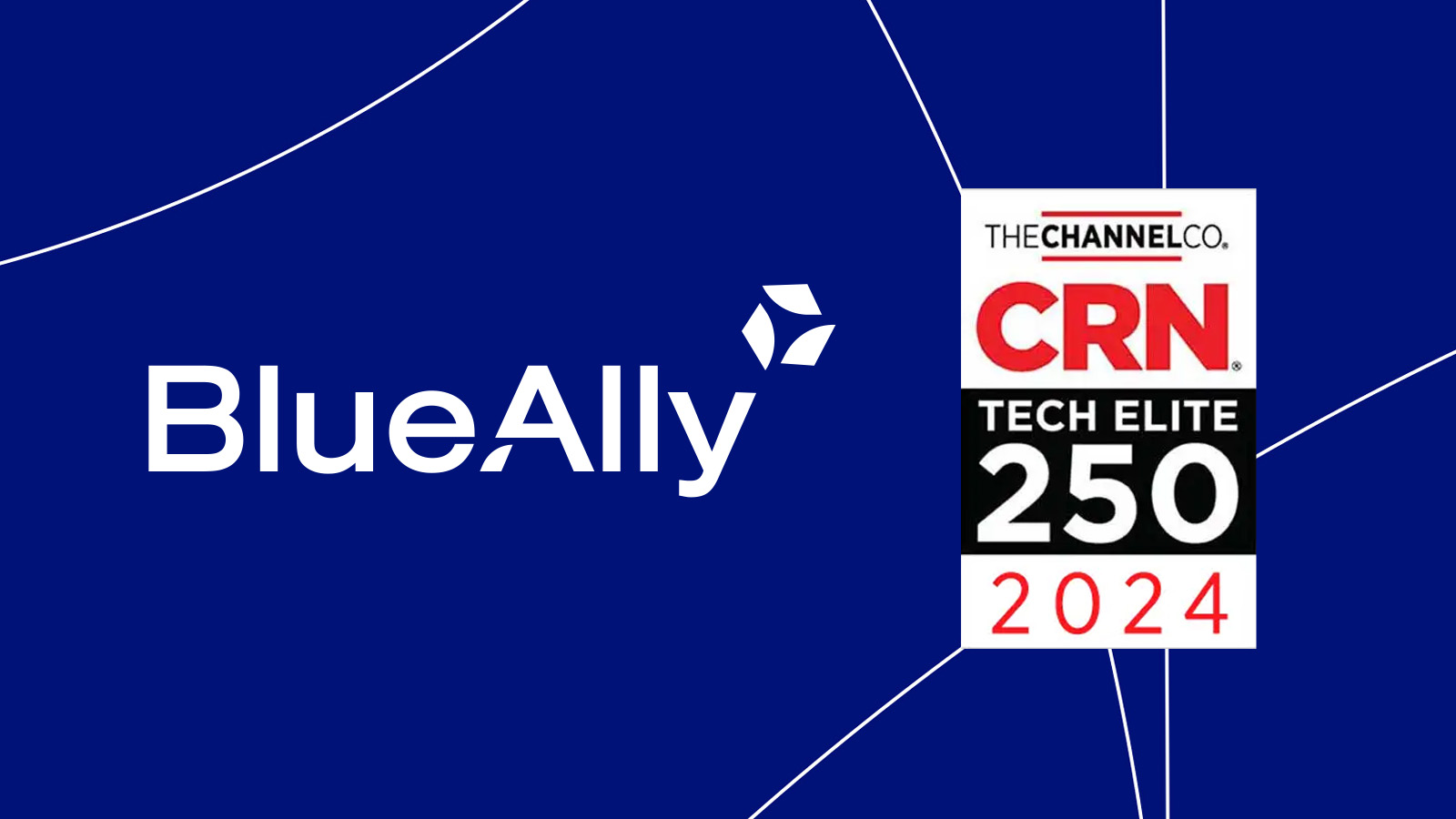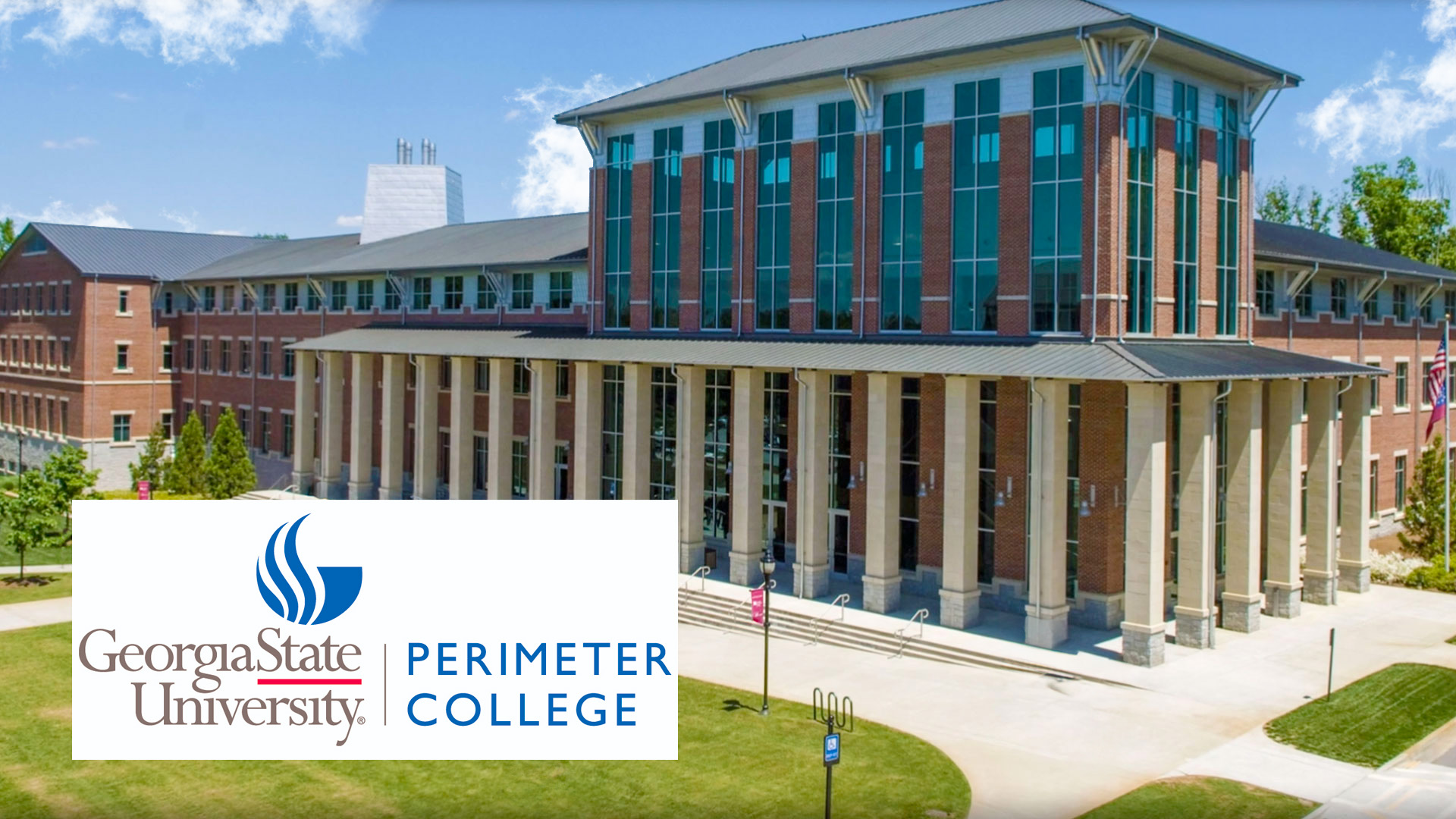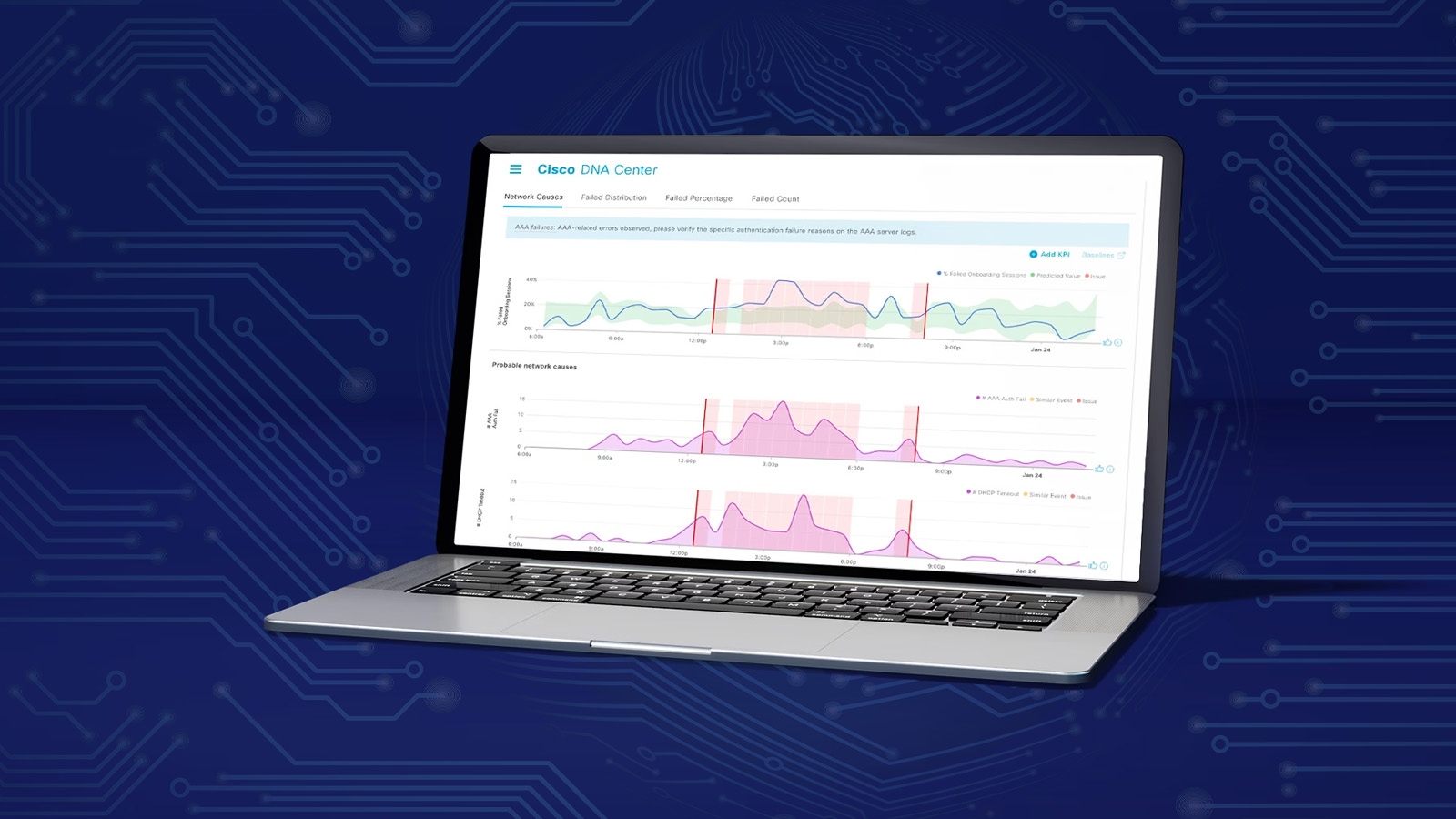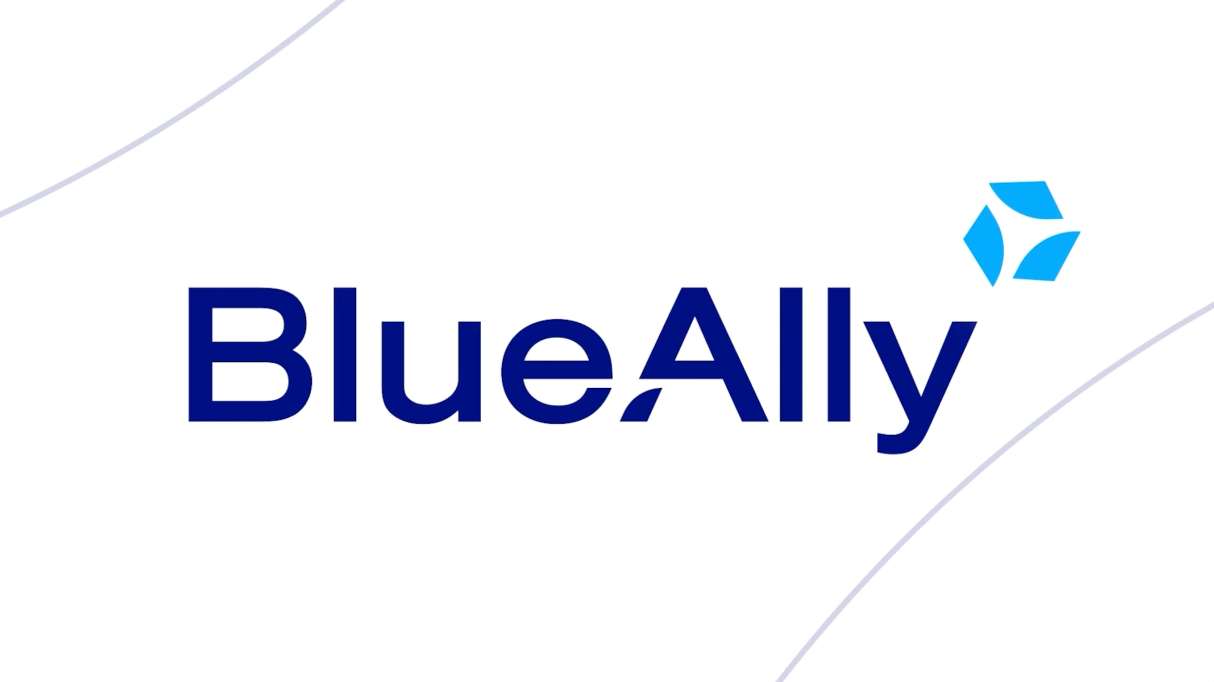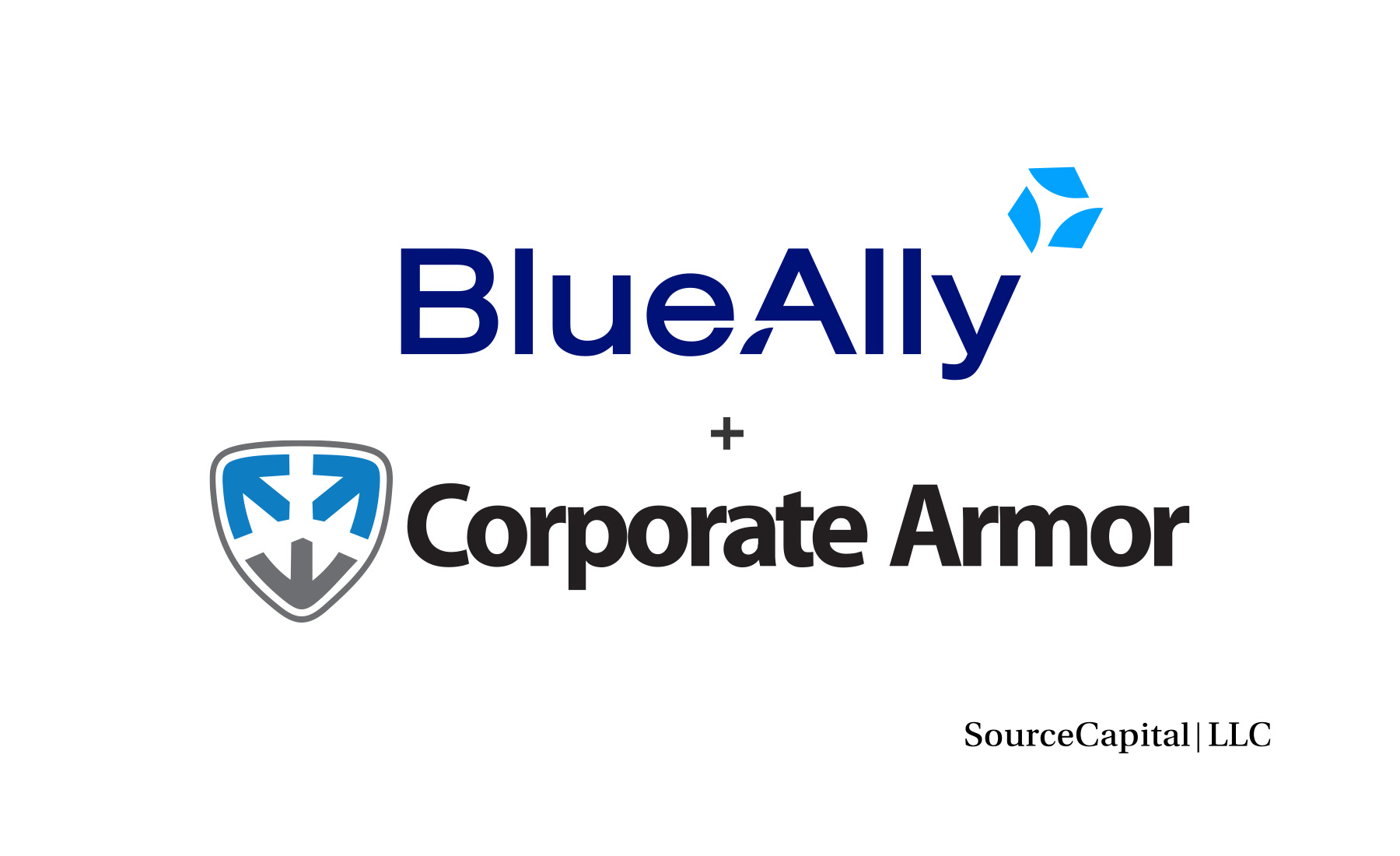 FEATURED
FEATURED
It’s no exaggeration to say the IT landscape has never been more complex. Hybrid cloud architectures, proliferating SaaS applications, AI-powered observability tools, and mounting cybersecurity requirements have stretched internal teams thin, severely limiting their ability to manage the day to day—and keep up with evolving innovations. For many CIOs and CTOs, even at larger enterprises, 2026 presents not an “if,” but a “who” decision when it comes to bringing on a Managed Service Provider (MSP).
The stakes are real. The managed services market is estimated to be $424 billion in 2026 and projected to balloon past $1.27 trillion by 2035 with a 12.8% CAGR, driven by cybersecurity demand, multi-cloud complexity, and IoT growth (LogicMonitor). Other forecasts track similarly strong momentum, putting the market at $642 billion by 2030 (Mordor Intelligence) and at $572 billion by 2033 (GlobeNewswire).
Importantly, Gartner forecasts that spending on managed security services alone will surpass $60 billion by 2026, further evidence that organizations are investing heavily in MSPs to mitigate risk and close internal skills gaps (Infopercept). Security-first delivery is no longer optional; it’s now one of the main drivers of managed services growth.
But if the MSP market is booming, expectations beyond price and uptime are rising just as fast. Let’s break down what organizations need to look for in a modern MSP to ensure a successful engagement now and for the long run, when a trusted partner may be even more essential.
Security & Compliance as a Foundation, Not an Add-On
Security can no longer be an afterthought. Perhaps that’s fairly obvious given the steady news diet of high-profile breaches and emerging cyberthreats, but it really needs to be front and center of your evaluation. At a minimum, the tools deployed must provide protection at every touchpoint—endpoint, network, and cloud—and be configured to meet the specific compliance frameworks governing your organization.
A 2025 Barracuda/Vanson Bourne study found 85% of mid-market enterprises (1,000–2,000 employees) rely on MSPs for security, compared to just 61% of smaller firms (ITPro). In fact, nearly half of all organizations now expect 24/7 coverage, and 92% are willing to pay more for advanced tools such as AI, zero-trust, and managed SOC capabilities. These numbers will only grow as attacks become more sophisticated and widespread.
The best MSPs take a security-first approach with their offerings to include:
- Zero-trust architectures with identity-aware access
- Real-time Endpoint Detection & Response (EDR)
- DDoS protection and network micro-segmentation
- Compliance automation for regulations like HIPAA, PCI-DSS, and GDPR
What distinguishes the market leaders is their ability to integrate these protections directly into your infrastructure. Instead of bolting on security after the fact, they deliver architectures where compliance and resilience are built-in from day one. That’s critical as costs from threats continue to climb. By 2031, damage from global ransomware alone is expected to exceed $265 billion annually by 2031 (Cybersecurity Ventures).
AI-Driven Observability, from Monitoring to Intelligence
The days of IT teams relying on siloed monitoring tools and spending hours correlating events across systems are quickly dwindling. As enterprise environments expand to include hybrid and multi-cloud platforms, SaaS tools, edge deployments, and containerized workloads, the complexity is beyond human capacity alone. Enter AI-driven observability solutions.
These platforms don’t just watch the infrastructure, they learn from telemetry, logs, and events across the entire stack, surfacing anomalies, predicting failures, and in many cases remediating problems automatically. Understanding and automating responses is what will truly scale IT operations in 2026.
The numbers tell the story with 97% of organizations now using AI/ML in monitoring, up from 66% just a year earlier (MSP-Channel). Those considered MSP leaders in AI observability have reduced alert fatigue dramatically, with 85% reporting they can remediate at least half of alerts through AI/ML insights.
Today’s MSPs that integrate AI into their portfolio of services offer tangible benefits, including:
- Proactive remediation – Predicting and fixing issues before downtime occurs
- Optimized scaling – Automatically adjusting capacity based on real-time demand
- Cost reduction – AI-driven observability has been shown to lower cloud costs by up to 20% in some MSP deployments (LogicMonitor)
Of course, AI monitoring isn’t just about technology used, but rather the outcomes delivered. When assessing MSPs, the question is “Do they simply provide dashboards, or do they deliver actionable intelligence that reduces MTTR, lowers costs, and minimizes human error?” That’s where the real value comes in.
Hybrid & Multi-Cloud Flexibility
Most enterprises now operate across multiple clouds, with workloads distributed between providers like AWS, Azure, Google Cloud, as well as private data centers. The challenge isn’t necessarily around adoption as it is on the coordinated orchestration of these cloud environments.
By the end of 2025, over 80% of managed service deals will include hybrid and multi-cloud capabilities (LogicMonitor). And this isn’t just a North American trend. IDC projects that 60% of Asia-based top 1,000 enterprises will rely on external professional services for infrastructure and application readiness by 2026 (IDC). Whether in APAC or globally, organizations recognize that MSPs are central to modernizing and managing distributed environments.
Boiled down to the key essentials, this means an MSP must:
- Provide end-to-end visibility across workloads, regardless of provider
- Enable workload portability, shifting apps for cost, performance, or compliance
- Support edge workloads, ensuring real-time data processing close to users
Flexibility also means protecting against vendor lock-in. If an MSP can only manage one provider’s environment—and it does happen—that’s a red flag. The best MSPs adapt services to fit each customer’s architecture, regardless of how “cloudy” or cumbersome the picture gets.
Ecosystem Alignment with an Eye on Efficiency
Vendor sprawl is one of the biggest hidden costs and operational headaches in IT. When organizations juggle dozens of contracts and point solutions, they increase integration risk, drive up licensing spend, and complicate compliance.
That’s why ecosystem alignment should be another priority when looking at MSPs. The most strategic partners don’t try to stitch together endless vendors in an effort to find that single (and costly) best-of-breed solution. Instead, they curate a streamlined set of proven, interoperable platforms that deliver end-to-end value without the exorbitant price tag.
Cisco remains a strong anchor here, with proven offerings across networking, security, and compute. Solutions like Cisco Meraki (cloud-managed networking), Cisco SecureX (integrated threat detection), and Cisco UCS (scalable compute) provide a robust foundation that MSPs can build on. The strength of Cisco’s ecosystem comes not only from this breadth, but also from its ability to integrate smoothly with adjacent technologies from other leading vendors, including Juniper for advanced routing, NVIDIA for AI, SonicWall for security, or Nutanix for hyperconverged infrastructure.
The result is a consolidated, interoperable foundation that reduces sprawl, paired with the flexibility to tailor architectures to each enterprise’s unique and evolving needs.
Strategic Differentiators in Action
As mentioned earlier, what separates today’s top-tier MSPs is not just the technologies they manage, but the outcomes they deliver. The top providers embed security and compliance into every engagement, apply AI for predictive and proactive operations, customize services to optimize hybrid and multi-cloud environments, and align to reliable ecosystems without creating lock-in. Most importantly, they continue to evaluate your infrastructure and provide the ongoing guidance dictated, first and foremost, by what’s best for your business.
Of course, not every infrastructure is the same. Here are a few real-world examples of the varying levels of transformation delivered by an MSP.
Telecom Modernization: Resilience and Scale
A regional telecom provider needed performance and scalability to meet surging consumer demand. By partnering with BlueAlly to deploy Juniper MX304 routers (400 Gbps) and embed Corero DDoS mitigation, the company was able to:
- Deliver high-performance, scalable infrastructure
- Increase resilience and uptime for regional customers
- Future-proof the network for continued growth
Global Engineering Firm: Secure, Simplified Networking
With 60 office locations worldwide and rising MPLS costs, a global engineering firm turned to BlueAlly to implement Versa SD-WAN for unified visibility and identity-based segmentation. The result:
- Significant MPLS cost savings across global sites
- Improved cybersecurity posture with segmentation
- Streamlined global network operations under a single architecture
Wholesale Food Distributor: Modernized Edge Computing
A global wholesale food distributor, managing 334 facilities and serving 725,000+ locations, faced challenges operating outdated, end-of-life infrastructure across its Remote Office/Branch Office (ROBO) network. Partnering with BlueAlly, the distributor migrated from legacy VMware systems to Nutanix-based hybrid multi-cloud edge computing across 145 sites, enabling it to:
- Eliminate technology silos and reduce management complexity
- Achieve robust disaster recovery with structured local failover
- Deliver global infrastructure standardization
- Boost edge-computing capacity to support real-time operations
Beyond Outsourcing: Think Co-Engineering
Choosing an MSP in 2026 is no longer about outsourcing tickets or handing off sections of the enterprise. Too much complexity and too much riding on your infrastructure requires securing a strategic, long-term partner. In addition to possessing the technical chops in key areas already discussed, the preferred MSP should also have the business acumen to ensure IT aligns with big-picture transformation goals. Do they have a customer-first engagement model with flexible, outcome-driven SLAs that adapt to your business and not the other way around?
With decades of experience across industries, proven expertise in Cisco and multi-vendor ecosystems, and a consultative approach that adjusts to client needs, BlueAlly consistently delivers on these criteria. Whether it’s guiding multi-cloud migrations, embedding zero-trust architectures, or deploying AI-powered monitoring platforms, BlueAlly customers the world over continue to gain measurable, impactful improvements in resilience, efficiency, and growth.
In a market projected to more than double over the next decade, choosing the right MSP may be one of the most important technology decisions you’ll make. BlueAlly brings the qualifications, partnerships, and proven outcomes to essentially “co-engineer” with your organization, helping you navigate today’s complexity and build tomorrow’s digital foundation with confidence. We invite you to learn more and contact us to meet with one of our consultants.






